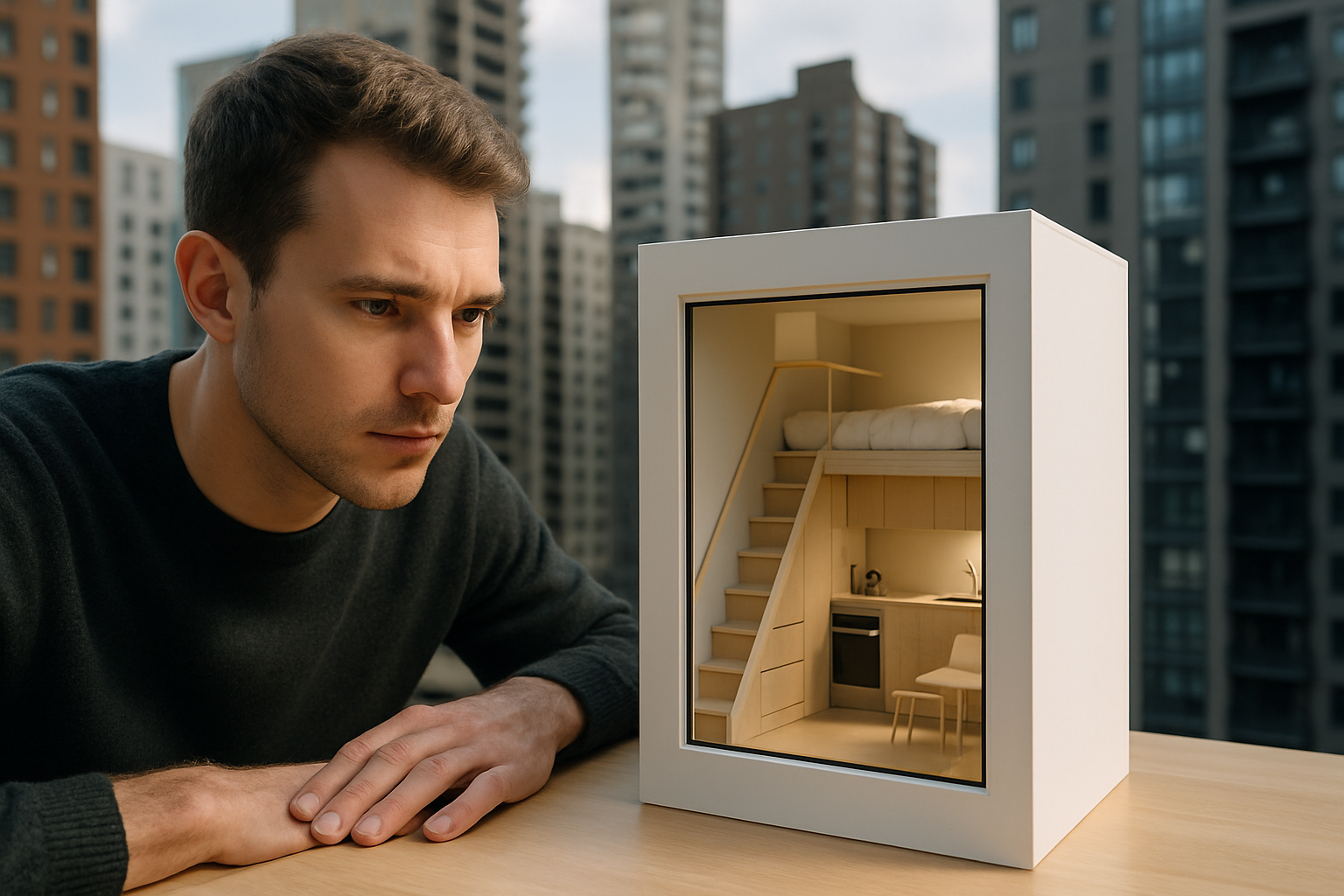Design strategies for compact urban living in high-density areas
Designing functional apartments in high-density cities requires combining spatial efficiency with quality of life. This article outlines practical design strategies for compact urban living, addressing rentals, leasing choices, tenancy needs, and the realities of relocation for expats. It also covers amenities, utilities, maintenance, finance, and how virtualtours help with short-term and long-term decisions.

Living well in compact apartments within crowded urban centers calls for intentional design and practical choices. Small footprints can feel larger when layouts prioritize multifunctional areas, natural light, and clear circulation. For people navigating rentals or leasing, or planning relocation as expats, design decisions intersect with tenancy terms, neighborhood selection, and available amenities. Thoughtful approaches to finishes, storage, and furniture can reduce the friction of daily life while aligning with maintenance and utilities requirements. This article presents strategies that balance aesthetic clarity, cost-awareness, and durable solutions suitable for short-term stays and long-term residence.
Rentals and leasing in dense neighborhoods
When evaluating rentals and leasing options in high-density areas, prioritize units with flexible floor plans and efficient mechanical layouts. Open-plan living with defined zones—sleeping, cooking, working—can maximize perceived space. Landlords and leasing agents increasingly offer furnished or semi-furnished units; these can lower upfront relocation costs but may limit personalization. Pay attention to tenancy clauses about alterations, built-in storage, and permitted appliances. For expats, confirm lease lengths, deposit rules, and whether utilities or maintenance are bundled with rent, since these affect monthly budgeting and the suitability of a compact apartment for short-term or long-term plans.
Housing layouts for compact apartments
Compact housing benefits from clear circulation and multifunctional furniture. Consider wall-mounted cabinetry, fold-down tables, and lofted beds to reclaim floor area. Kitchens designed as galley or linear layouts often save space while allowing efficient workflow; slimline appliances and integrated storage help maintain a tidy appearance. Use visual tricks—continuous flooring, light wall colors, and mirrored surfaces—to expand sightlines. Allocate small but dedicated zones for work or study to support remote work without encroaching on relaxation areas. Small layout changes that improve movement and reduce clutter have outsized impacts on daily comfort and maintenance needs.
Managing utilities and maintenance
In compact apartments, efficient utilities save space and ongoing costs. Choose energy- and water-efficient fixtures where possible and verify the building’s utility metering and billing practices during tenancy discussions. For maintenance, prefer durable, low-maintenance materials—engineered stone countertops, porcelain tiles, and stain-resistant upholstery—that withstand high use in limited areas. Clarify responsibilities with landlords regarding HVAC, plumbing, and common-area repairs to avoid unexpected expenses. Simple routines—decluttering regularly, addressing small repairs early, and scheduling periodic deep cleaning—preserve functionality and reduce long-term maintenance burdens for both short-term tenants and long-term residents.
Finance and budget for tenancy and relocation
Budgeting for compact urban living goes beyond monthly rent: include deposits, agency fees, utilities, building charges, and routine maintenance. For relocation, factor in costs for movers, temporary storage, and any furniture or appliances not provided. Short-term leases can carry premium rates but offer flexibility during relocation; long-term tenancy usually reduces monthly cost but requires stronger commitment. Financing decisions—whether to rent furnished or unfurnished, or to invest in bespoke built-ins—should align with the expected length of stay and resale or reuse potential of items. Clear budgeting helps balance upfront costs against ongoing convenience.
Amenities, neighborhoods, and expats
Neighborhood selection affects daily life in compact apartments: access to public transport, grocery stores, green spaces, and healthcare can compensate for limited private space. For expats, proximity to international schools, community centers, and workplace hubs often influences neighborhood choice. Building amenities—laundry, storage lockers, shared workspaces, and rooftop terraces—extend usable living area beyond the apartment and can be decisive for both short-term stays and long-term comfort. Assess the quality and management of amenities during viewings, and confirm whether they are included in rent or available for additional fees.
Short-term vs long-term choices and virtualtours
Short-term rentals prioritize convenience and immediate move-in readiness, while long-term leasing favors customization and cost-efficiency. Virtualtours are a practical tool when evaluating compact units remotely: they reveal circulation, storage opportunity, natural light, and likely furniture placement more clearly than photos alone. When possible, request floor plans and dimensioned photos to plan furniture and storage solutions. Below is a concise cost-oriented comparison to illustrate typical market differences and providers relevant to urban apartments in Dubai.
| Product/Service | Provider | Cost Estimation |
|---|---|---|
| Short-term furnished rental (studio/1BR) | Airbnb / local serviced-apartment operators | AED 4,000–12,000 per month depending on location and season |
| Standard monthly rental (1BR) | Property portals (Bayut, dubizzle) / local agents (Betterhomes) | AED 3,500–10,000 per month based on neighborhood (central vs outskirts) |
| Developer-managed apartment leasing | Emaar Properties / DAMAC | Varies; similar to market rates above, with service fees for managed properties |
Prices, rates, or cost estimates mentioned in this article are based on the latest available information but may change over time. Independent research is advised before making financial decisions.
Concluding design choices for compact urban apartments requires balancing spatial efficiency, durable materials, and clear budgeting. Prioritize multifunctional layouts, verify leasing and tenancy terms, and use virtualtours and floor plans to make informed relocation decisions. Thoughtful selection of neighborhood amenities and an understanding of utilities and maintenance responsibilities help small spaces perform well for both short-term stays and longer-term living arrangements.






